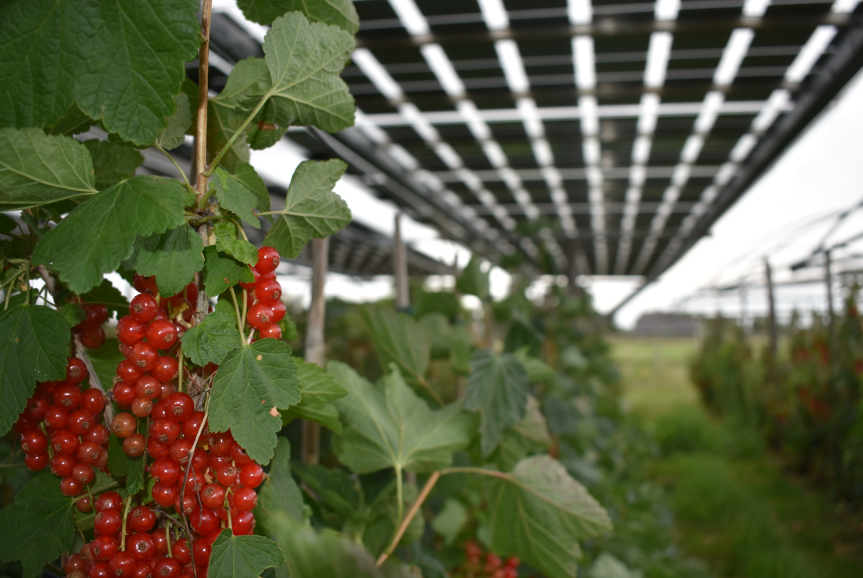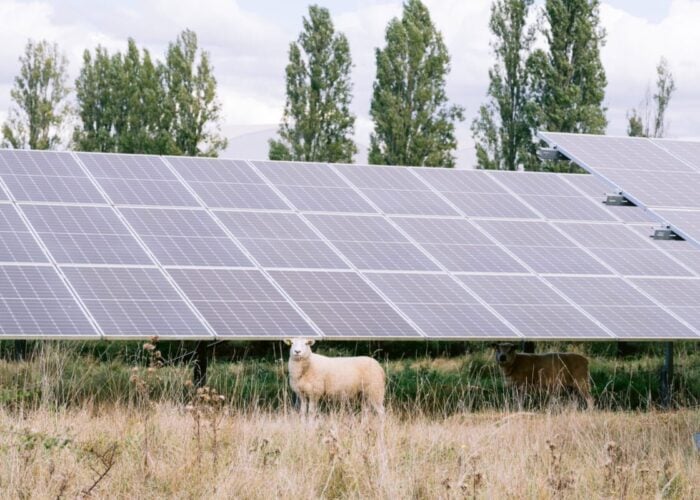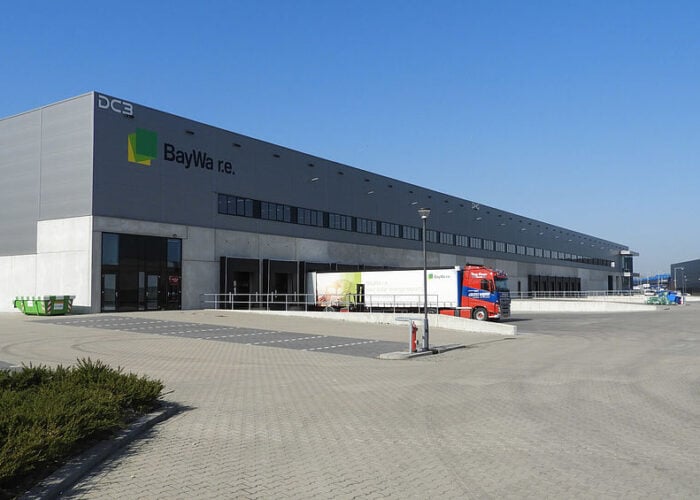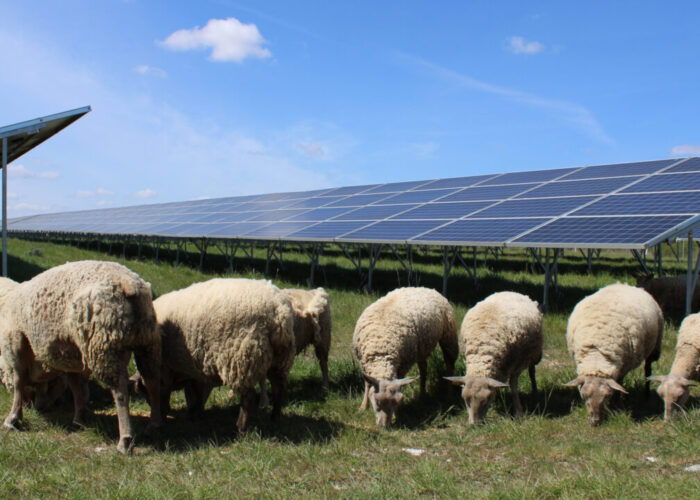
Solar PV systems could become a “very interesting compliment” to France’s agricultural sector as developers seek to add capacity and land is in higher demand, according to the chief executive of renewable trade body Syndicat des énergies renouvelables (SER).
France’s government has called for 44.5GW of solar to be installed in the country by 2028, but SER figures from February last year warned that the country must double its current installed PV capacity by 2023 to meet future targets. More recently, grid operator RTE has said that that a downturn in economic activity related to the COVID-19 pandemic has created a downturn in the deployment of solar, meaning that the country’s 2023 targets for deployment appeared “out of reach”.
Unlock unlimited access for 12 whole months of distinctive global analysis
Photovoltaics International is now included.
- Regular insight and analysis of the industry’s biggest developments
- In-depth interviews with the industry’s leading figures
- Unlimited digital access to the PV Tech Power journal catalogue
- Unlimited digital access to the Photovoltaics International journal catalogue
- Access to more than 1,000 technical papers
- Discounts on Solar Media’s portfolio of events, in-person and virtual
Or continue reading this article for free
Alexandre Roesch, who became SER’s CEO in 2017, told PV Tech that things are starting to move in the right direction, but “access to land” remains one of a handful of challenges for developers looking to install more solar capacity.
“We observe on the market that access to land is clearly a bottleneck today”, he said.
One solution currently being considered is combining existing farmland with new solar technology. SER published a report in December last year, exploring several examples of agrisolar systems. The report takes in case studies from a variety of land uses including greenhouse fruit and vegetable cultivation, vineyards, rooftop installations for farm buildings, fisheries and sheep breeding.
Roesch said that the trade body has “tried to show some good examples of how we can do so on an agricultural land, and we have been inviting different representatives from the agricultural sector.” The case studies include innovations such as multi-chapel greenhouses fitted with solar panels in a way to ensure there is “sufficient minimum light” for the crops cultivated. Another case study demonstrates agricultural shutters for vineyards, that include a raised structure that allows machinery to pass under, and with modules that can be moved to shade crops when necessary and, SER claims, could preserve or even “improve agricultural yield compared to a similar plot”.
A number of new agrophotovoltaics projects and trials have started to emerge across Europe over the past year. Solar services provider Greencells formed a joint venture with Italian developer Renewable Consulting this week to develop a 350MWp solar project portfolio in Pugila with such a focus, while German renewables group BayWa r.e. has said that it plans to expand an agroPV project in the Netherlands that combined solar with redcurrants. Meanwhile, construction is also set to begin on two community solar parks in eastern Spain to assess the systems’ impact on cultivating tropical fruit.
“We believe that solar, but also other renewables, can be a very interesting compliment in terms of revenues,” Roesch said, ensuring that existing core activities on the land can be maintained.







